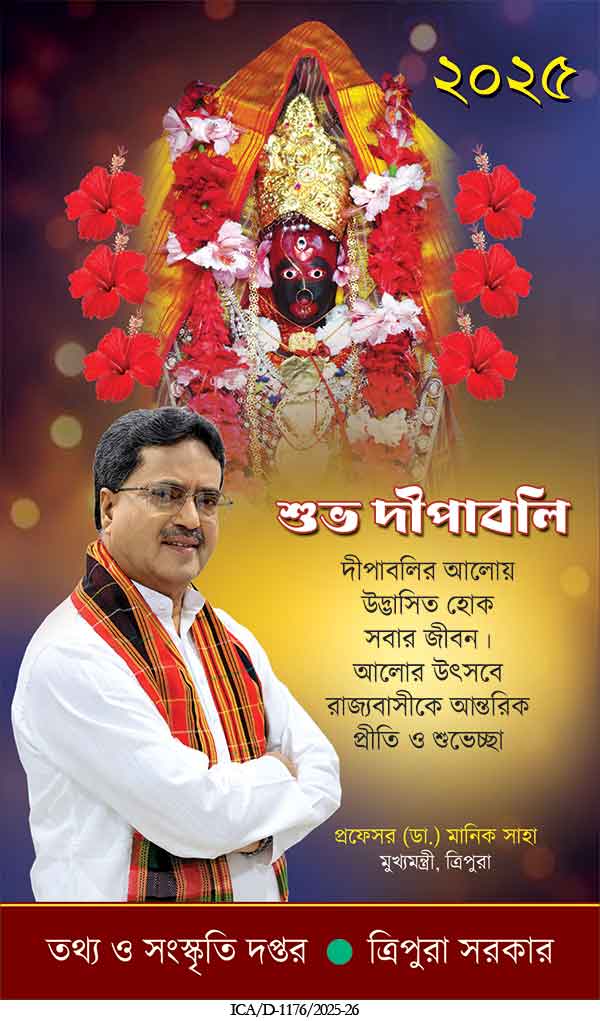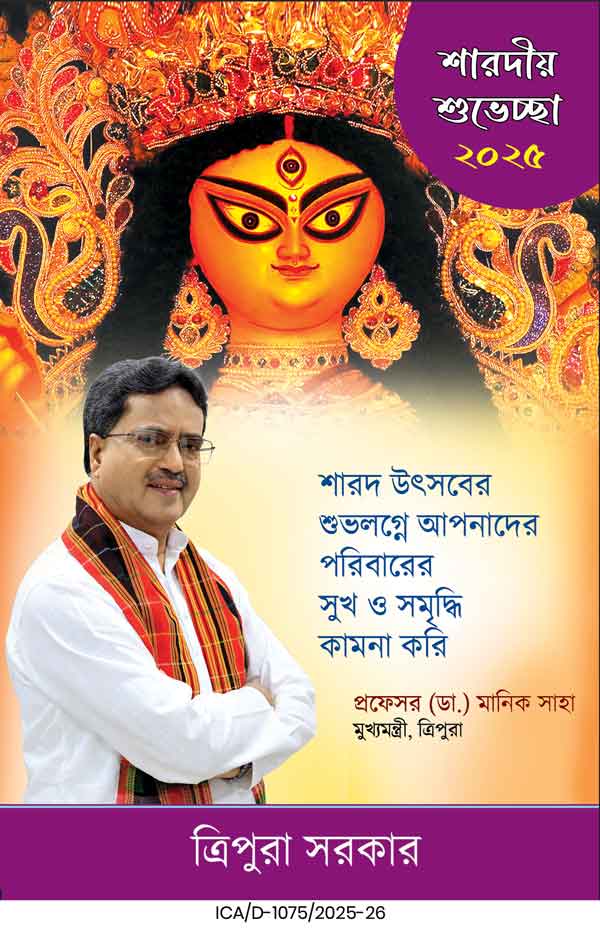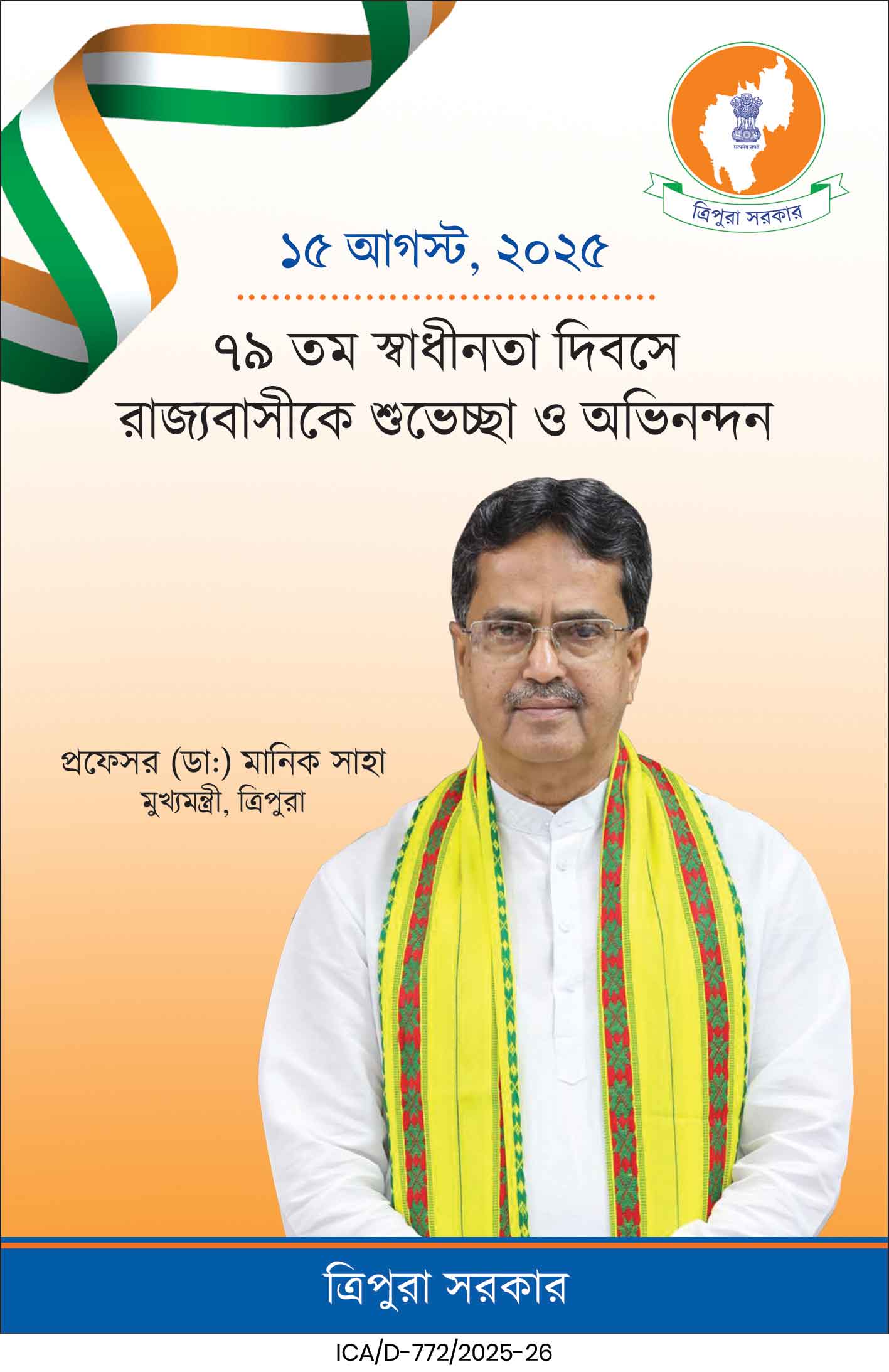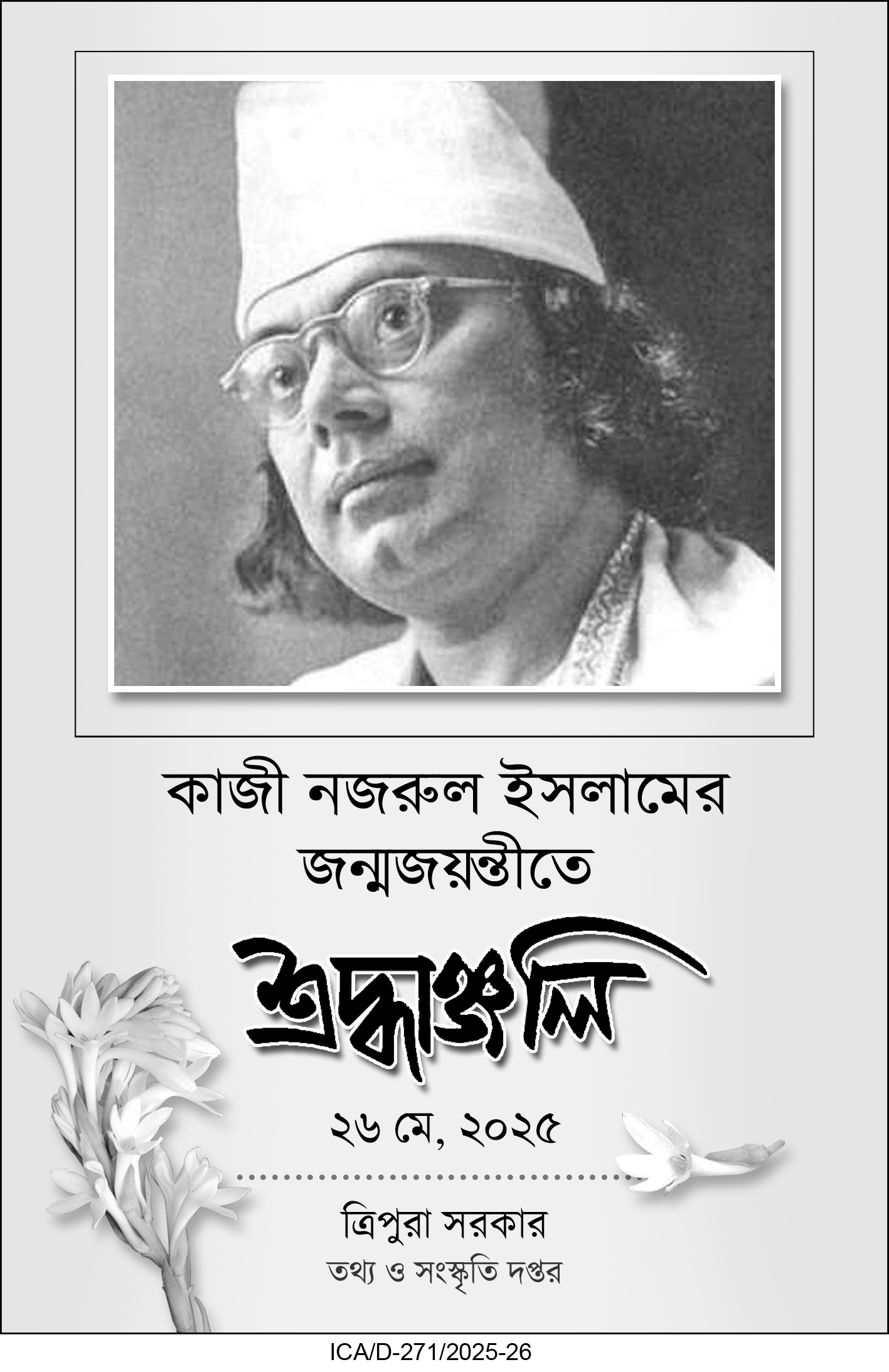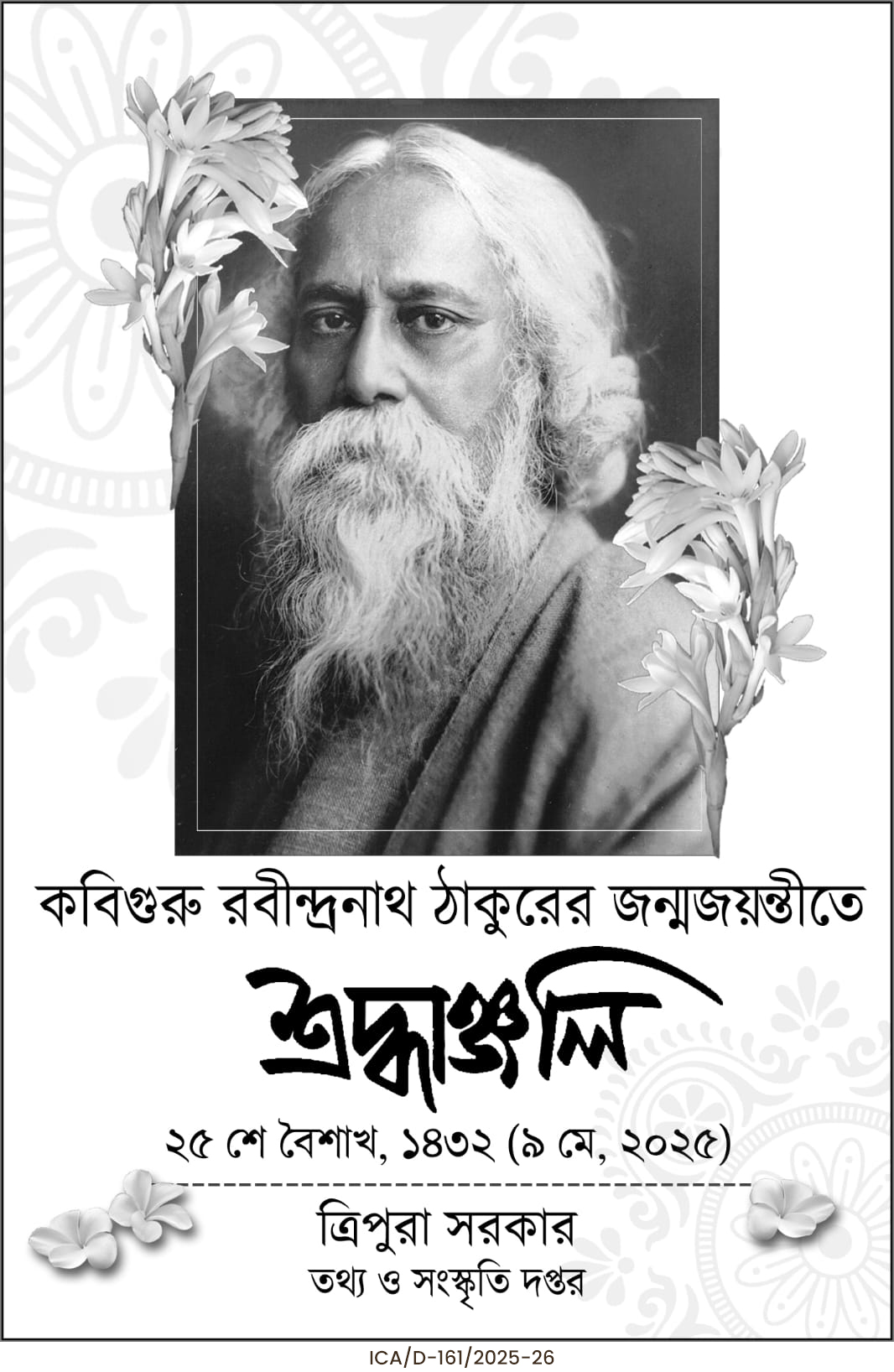
If you ask an average Bangladeshi about the location of Golahat or any historical incident associated with the place, I am sure, the answer will be negative in most cases. I don’t blame anybody for the folly. First of all, we are not that great a history-conscious Nation. We tend to forget or are made to forget many happenings and incidents that are part of our history and of which we could be genuinely proud.
There are incidents of history that we should never forget to show proper respect and preserve the memory of such heroes who have made supreme sacrifices for emancipation of the genuine demands of the Nation.They have given up their valuable today for our better tomorrow. Well, no wonder we have forgotten or at least buried Golahat for the time being. Since the place and incident is associated with a very sad history of the glorious supreme sacrifice of hundreds of pro-Bangladesh citizens in the hands of Paki killers and their cronies; the memory of the happenings pertaining to the incident was intended to be erased. We should not forget that there was a black patch in our history which spanned over a period of 21 years when the wheels of history were tried to be reversed. Anything related to our glorious Freedom struggle and sad history of anguish pertaining to Pak atrocities were tried to be covered up and forgotten. Fictitious stories were being made up. . Golahat Genocide went into oblivion, turned into nothingness. Only the victim families bled at their heart.
. It was a sad day. The 13th of June,1971. Said to be unlucky number 13 came heavily on those ill-fated victims and their families. As many as 437 Marwaris were mercilessly killed(mostly slaughtered) by pro-Pakistani elements in the name of cleansing Pakistan .The massacre of these people which tantamounts to Genocide took place in a small village named Golahat merely 2 km from the bustling town of Saidpur, boasting the biggest workshop of the East Pakistan Railways.
Parbatipur was an important Railway junction connecting Assam and the North-Eastern part of India with the rest of British India. Saidpur being the closest township grew as a backward link for supply and support. Marwaris being great entrepreneurs and having a sixth sense of business started converging into this place since the railways started spreading its wings in this area.
Few hundred Marwari families put their roots in Saidpur getting involved in different varieties of business. They virtually became locals having homesteads, godowns, and business houses. Some of them being well off, did participate in welfare activities as well. Tulsiram Agarwal School was established as early as, 1911 which exists till date. In short, the Marwaris identified themselves with the local population since the British period. The demography of Saidpur changed when we got ourselves independent from colonial rule. Partition of the Subcontinent brought endless miseries to millions.
We are not going to discuss that in detail today. Would just have to notice that Muslims migrating mostly from Bihar and partly from UP settled in these areas, Saidpur being a hub. Many of the Urdu speaking refugees who opted for Pakistan were good as mechanical/technical hands. They were provided with the job in the Saidpur Railway workshop which grew to be the most important and vibrant Railway maintenance unit in East Pakistan.
The other important one was of course at Pahartali in Chittagong. Saidpur further flourished and as I have mentioned about demography a little while ago, in 1971 the population of Saidpur was mostly (from Bihar and to a lesser extent from UP) Urdu speaking and they accounted for approximately 75% of Saidpur’s population. During the War of Liberation, we find almost all the Biharis(rather Urdu speaking population)siding with Pakistan as one could expect.
They have fought for Pakistan, suffered a lot in the process of migration and in the new habitat of East Pakistan to they were not much better off. Marwaris and local Bangalees were leaders in business and civil society. In March 1971 when the non-cooperation movement declared by Bangabandhu was going on, they felt their very existence in danger as the situation was charged and strong anti-Pakistan sentiment prevailed all over. There were a few isolated incidents of mass hooliganism.
But the strong contingent of the Pakistani Army stationed in Saidpur was at their service and no serious riot could break out. Bangabandhu in his epoch-making epic of 7 March 1971 clearly stated that every civil citizen had equal rights and everyone should protect the other. He even went up to the extent of declaring the safety of the Pakistani armed personnel who would not go against Bangalees.
As soon as Operation Searchlight was launched in the early hours of 26 March 1971 the situation abruptly changed. The country went into a virtual war. The Pak contingent of the Army stationed at Saidpur went into action immediately. The non-Bengali community, mainly Biharis were active in going into action with the Pak authorities to establish the authority of the occupation regime in all spheres of life. The Pak army personnel did not know local anti or pro-Pakistani people but their cronies the Biharis knew each and every household. The pro-Bangladesh, anti-Pakistan, Awami League and other progressive party activists, Marwari businessmen, and Hindu well off people were all known to them.
All of them were bracketed as enemies and were targeted. At the very beginning of the Liberation War, young and enthusiastic pro-Bangladesh youth had already left home to join the Freedom Struggle. Their parents were targeted and tortured. Marwari and Hindu well-known people were also under their scanner. On April 3 some of the leading Marwari figures were taken away by the army with the help of local Bihari supporters and they were killed in nearby Nishbetganj. This sent the whole Marwari community into horror.
The situation of Hindus and Awami supporters was no better. Many of them were put to forced labor and torture in building the Saidpur emergency runway. The day of the final assault on the Marwaris was fast approaching. The writer had a detailed discussion with Mr. Binod Agarwal, an eyewitness, victim, and survivor of the deadly incident. He is still in business in Saidpur.
He was a student of HSC during those days and remembers everything clearly. On 6 June he along with 30/35 Marwaris were assembled in an office in Saidpur by the Paki collaborators with the plea that Major Gul of the army contingent would discuss with them how to overcome the crisis period. His father was also there in that group. Till evening they waited but no Major came. Later they were guided to the Cantonment to meet the Major.
Till late evening no Major came and they were compelled to stay the night in an inhuman condition there on the floor of a few rooms. No food was supplied. Some of them could get some supply of edibles from respective homes which they shared. The next day about 50/60 more of Marwaris including a few Hindu and Muslim Bangalees who were anti-Pakistan activists were also brought in and rounded up. They were harassed all along upto 12 June and on the 13th morning, they were said that they could go free. All of them were taken to the Railway station and told that they will be allowed to leave town.
They were informed that a special train will be arranged for taking them to Chilahati from where they could go anywhere. Chilahati being on the Indian border, the indication was clear. They were further said that they could take their relatives and belongings along. Everyone obviously ran back home, hurriedly collected all valuables and cash that they could lay their hands upon, and rushed back to the station.
They found a train ready on the platform. In total 400 plus people cramped themselves into 4 wagons. Binod does not remember how many more wagons were there in the rack but he suspects that 2/3 more were there carrying the killers, most of whom were professional butchers. Besides, there were enthusiastic pro-Pakistani Bihari collaborators and armed Pakis.
These group of people were not visible in the station. They remained silently waiting for their turn in their assigned bogies. Meantime it started raining and all the doors and windows of their four wagons were closed. Now they suspected something but were not quite sure what was going to happen to them.
It was revealed that 20 young girls were picked up at the station and sent to the Cantonment. The reason is anybody’s guess. Slowly the train started moving out of the station but stopped abruptly at Golahat in the outskirts of Saidpur. The compartment doors were opened, the passengers irrespective of gender and age were pulled out one by one and butchered with talwars and dhaws.
Trench like graves were prepared near the rail track beforehand. Dead bodies, some still showing signs of life were dumped into them and covered with sand and mud. Young Binod and some other young men jumped out of the train through windows and ran for their life. They were fired at. Some were hit and a few including Binod survived. His father, sister, and some relatives were not so lucky. They turned Shaheeds. Though there are no established statistics, according to Binod Agarwal about 400 Bangladeshis were massacred on that day.
About 15/20 could escape including him. With a huge difficulty and getting help from known and unknown people, he reached India 5 days later. After the war, about half of them returned. Most of the known assassins have by then disappeared. Still, they filed a case and about 25 people were rounded up. Slowly, as discussed earlier, the gravity of the crime diluted. All went out receiving bails. He is not aware of any further progress in the case.
As this was a clear case of Genocide in broad daylight, it can be referred to the ICT for proper investigation to find out any possible surviving culprits to bring them to justice so that the surviving relatives of the Shaheeds get some solace and mental peace. Justice should prevail. Binod knows of 3/4 other survivors of the massacre still alive in Bangladesh.
Some others have left for India and abroad. In his opinion, most of the culprits too must have fled to India since they originated there and may have been sheltered there by relatives.Despite numerous endeavors to attract the attention of the Authorities to build a Memorial for the massacred Shaheeds, nothing happened for long. Recently the present Government has sanctioned and completed a befitting structure in memory of the Shaheeds.
This Genocide deserves much more attention and remembrance of the civil society. We pay homage to the souls of the deceased and demand State recognition of the survivors. Also, detailed research must be done on those who sacrificed their lives on the altar of Freedom. Both Government and Civil Society must act towards this end.
We all should raise our voice for recognition of Golahat killings and the 1971 Genocide on Bangalees by Pak authorities.
Refference:
Mr. Ajoy Sureka, Prominent Businessman and Awami League leader of Kushtia.
Mr. Binod Agarwal, Survivor of Golahat Genocide and Prominent businessman (wholesaler of Garlic, Ginger, Onions, and Manufacturer of Papad) of Saidpur.
(The writer is a Masters in Engineering and takes keen interest in history,nature,tourism,culture and Freedom Struggle all over the world)

